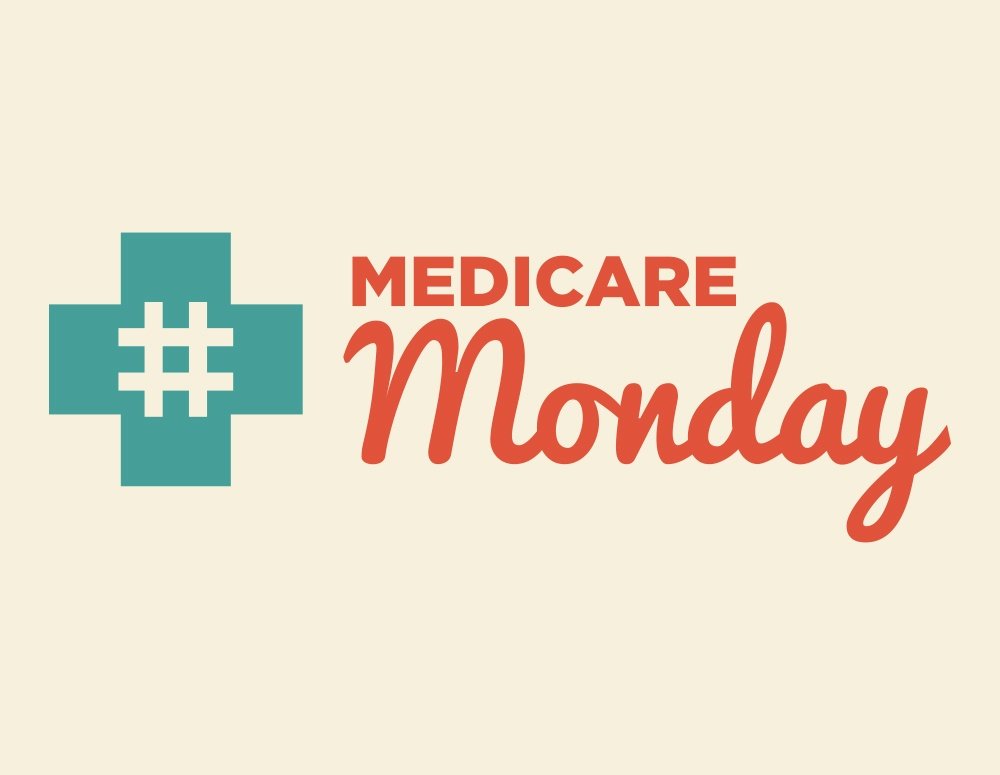We often discuss the creation of Part D when we talk about the market-based changes that the Medicare Modernization Act (MMA) made to Medicare, but that’s just one example. Today, let’s take a closer look at the market-based changes that the MMA made to Medicare Part B with the creation of Average Sales Price (ASP).
As you may recall, Medicare Part B covers a subset of outpatient prescription drugs that are often relied on by some of the sickest and most vulnerable patients with conditions such as cancer, rheumatoid arthritis, mental illness and autoimmune conditions. Unlike medicines covered by Part D that patients take on their own, most Part B medicines are administered in a doctor’s office or hospital outpatient setting. Given the complexities of acquiring, storing and administering many Part B medicines, they can’t often be treated the same as Part D pharmacy medicines. Most Part B medicines are purchased by physicians rather than being picked up by the patient at a retail pharmacy.
Prior to the MMA, physicians were reimbursed at 95 percent of the average wholesale price – which is essentially a list price prior to any discounts or rebates negotiated with the manufacturer. The MMA changed the basis for reimbursement of drugs under Part B so that providers are now reimbursed at ASP+6%. Congress made these changes to ensure that Part B reimbursements are market based and to align Part B reimbursements with the price at which drugs are purchased by providers. ASP factors in all of the discounts that are privately negotiated by providers, group purchasing organizations, pharmacies and others when they purchase Part B medicines. ASP ensures that the payment rate reflects these discounts and, as a result, ensures that the Medicare program and its beneficiaries benefit from negotiation in the market. Although the types of products, distribution and handling needs, and patient and clinical needs are usually very different between Part D and Part B, both have achieved considerable success as market-based approaches to providing Medicare beneficiaries with affordable access to needed treatments.
Here’s what you need to know about how ASP works:
- ASP is a market-based rate. The pricing method reflects the weighted average of all manufacturer sales prices in the private market. As a result, it includes the rebates and discounts that are privately negotiated between manufacturers and purchasers. ASP is updated quarterly to ensure that Medicare reimbursement keeps pace with changes in the market.
- ASP aligned Medicare reimbursements with provider acquisition costs. Following implementation of the new system, the Medicare Payment Advisory Commission reported in January 2007 that “As intended by the policy, payment rates for drugs were reduced to levels closer to provider purchase prices.”
- ASP+6% provides fair reimbursement to providers. Congress established the 6 percent add-on to account for purchasing variability and to recognize the additional costs associated with the complexity of Part B drugs. For example, Part B drugs often require complex administration, as well as special storage and handling. Independent providers may have less negotiating leverage, such as those in small practices or rural areas, and may pay above ASP for some products. ASP+6% gives these providers added support to remain competitive with larger purchasers that can often acquire medicines at a lower price. Many commercial insurers also use ASP as the basis for reimbursing physicians for physician-administered drugs.
- ASP+6% encourages negotiation. Physicians are encouraged to negotiate the best prices on drugs, resulting in significant moderation in growth of Medicare spending on Part B drugs. In fact, Part B drug spending is just 3 percent of total Medicare spending and represents a historically small share of overall Part B spending.
Access to medicines under Part B is crucial for vulnerable patients who suffer from serious illnesses. Learn more about Medicare Part B at PhRMA.org/PartB.



